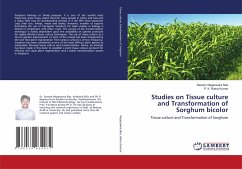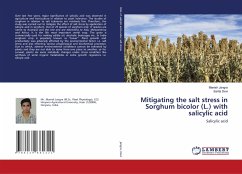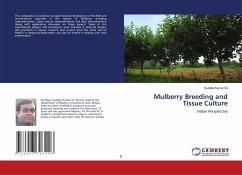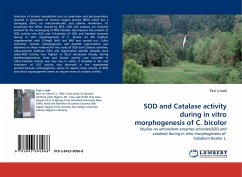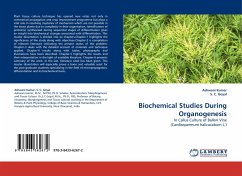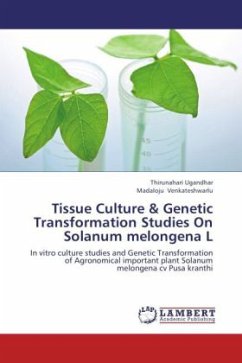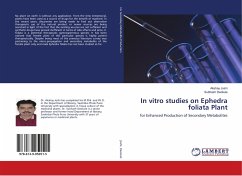Sorghum belongs to family poaceae. It is one of the world's most important grain crops, staple food for many people in Africa and Asia and a major feed crop for domesticated animals. It is the fifth most important crop after rice, wheat, maize and barley. However, number of reports describing the use of transgenic Sorghum for basic studies in biology is limited in comparison with other crops. The success of the transformation technique is mainly dependent upon the availability of optimal protocols for highly efficient tissue culture techniques. The use of tissue culture as a tool in genetic improvement of most of the cereals has been hampered by the fact that plant regeneration from various cultures is of low frequency. Sorghum has been considered as one of the most difficult plant species to manipulate through tissue culture and transformation. Hence, an attempt has been made in this book to establish a plant tissue culture protocol for efficient and rapid plant regeneration anda stable transformation system in Sorghum.

